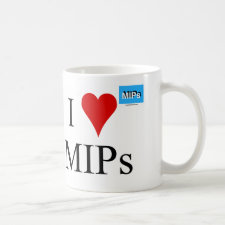
Authors: Yuan Y, Wang YZ, Huang MD, Xu R, Zeng HA, Nie C, Kong JH
Article Title: Development and characterization of molecularly imprinted polymers for the selective enrichment of podophyllotoxin from traditional Chinese medicines.
Publication date: 2011
Journal: Analytica Chimica Acta
Volume: 695
Issue: (1-2)
Page numbers: 63-72.
DOI: 10.1016/j.aca.2011.04.007
Alternative URL: http://www.sciencedirect.com/science/article/pii/S0003267011005290
Abstract: In the present work, microwave heating initiated precipitation polymerization was developed to prepare podophyllotoxin (PPT) molecularly imprinted polymers (MIPs), resulting in much shorter polymerization time and better particle morphology. Prior to the polymerization, ultraviolet and FTIR spectroscopy were used to study the interactions between PPT and the functional monomers. The synthesized parameters were respectively optimized and the optimal conditions for the efficient adsorption property were template: PPT, 1 mmol; functional monomer: acrylamide, 6 mmol; bi-crosslinker: ethylene glycol dimethacrylate, 20 mmol and divinylbenzene, 20 mmol; porogen: acetonitrile, 40 mL; initiator: azobisisobutyronitrile, 0.01 mol L-1; polymerization temperature: 60 °C. FTIR spectroscopy, SEM and thermal analysis were used to characterize the MIPs. The results of the equilibrium rebinding experiments and the competitive adsorption experiments showed that these imprinted polymers exhibited good adsorption ability for the PPT. Scatchard analysis illustrated that two and one types of binding sites were generated in the MIPs and non-imprinted polymers (NIPs), respectively. Using the prepared MIPs as the solid phase extraction (SPE) sorbent, PPT was extracted selectively and efficiently from Dysosma versipellis, Sinopodophyllum hexandrum and Diphylleia sinensis. The regression equation was y = 5.873 + 106x + 17075.659 with the correlation coefficient of 0.9994 in the concentration range of 0.005-0.4 mg mL-1. After washing and eluting the SPE column with methanol and MeOH/acetic acid solution (v/v, 9:1), the limits of detection were 0.12-0.18 μg mL-1 and their recoveries were in the range of 89.5-91.1% with all RSDs lower than 3.7
Template and target information: podophyllotoxin, PPT
Author keywords: molecularly imprinted polymer, Microwave heating, Podophyllotoxin, Traditional Chinese medicines, Solid-phase extraction



Join the Society for Molecular Imprinting

New items RSS feed
Sign-up for e-mail updates:
Choose between receiving an occasional newsletter or more frequent e-mail alerts.
Click here to go to the sign-up page.
Is your name elemental or peptidic? Enter your name and find out by clicking either of the buttons below!
Other products you may like:
 MIPdatabase
MIPdatabase









